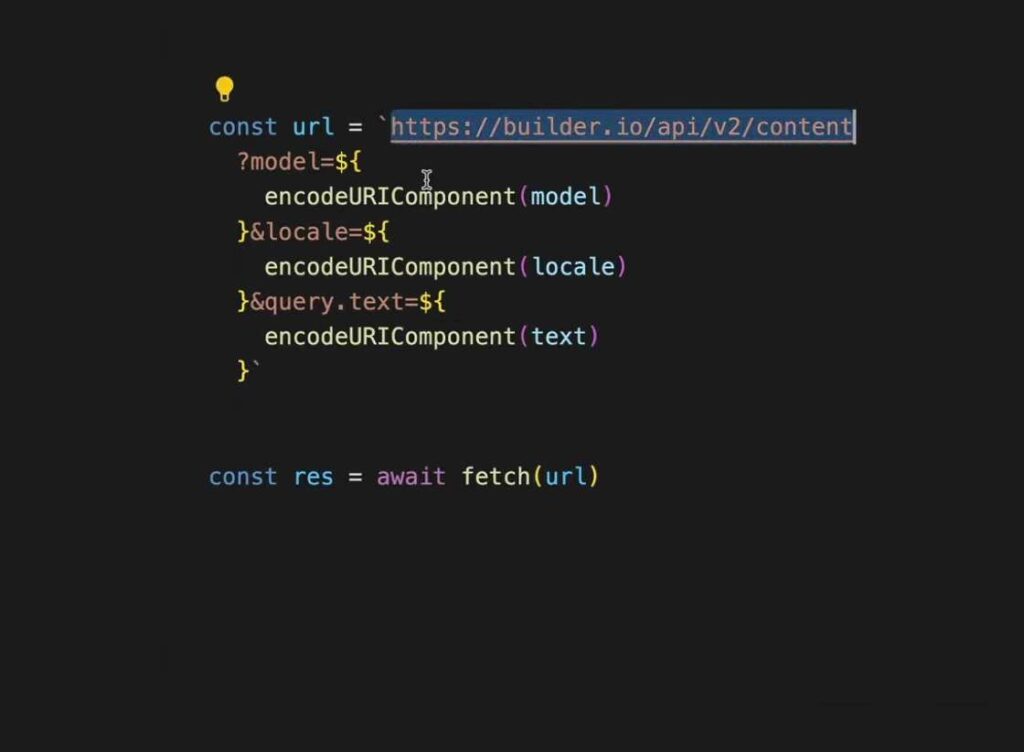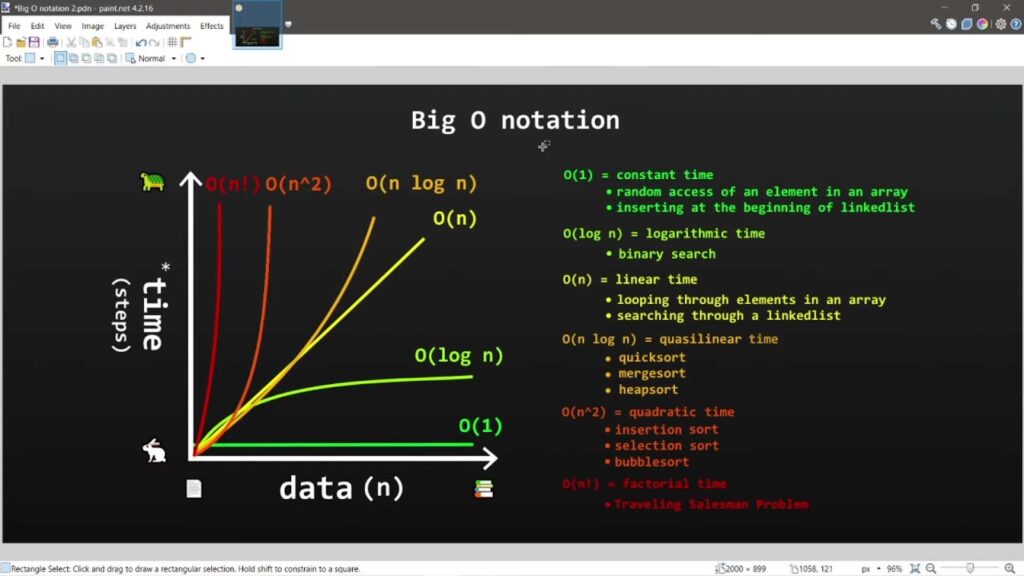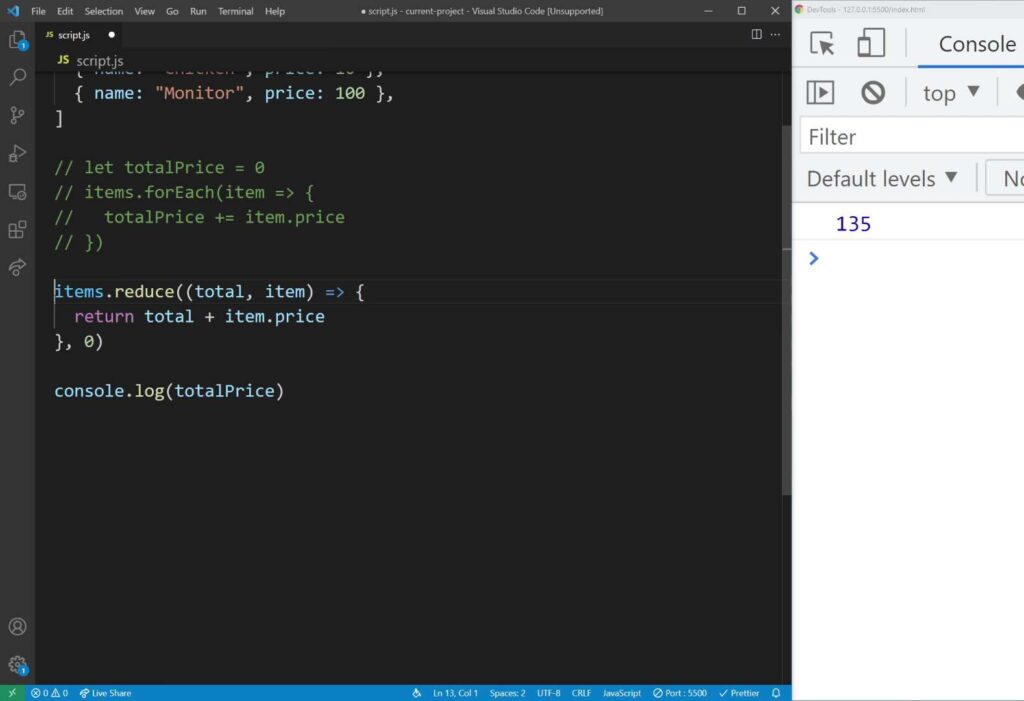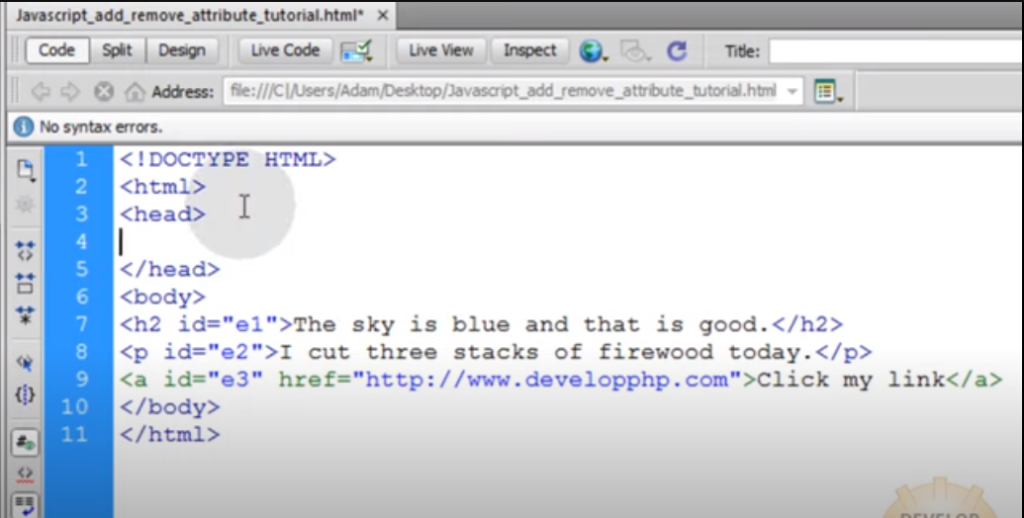
Frequently, in the realm of JavaScript, there arises the necessity to forge a URL, whether it be for the purpose of soliciting a resource or guiding the user towards a different destination. Although this might appear to be a straightforward endeavor, delving into the intricacies of URLs reveals a multifaceted landscape, one that demands meticulous …

Big-O notation serves as a means to encapsulate the utmost complexity scenario of an algorithm. By harnessing algebraic expressions, it articulates the intricacy inherent in an algorithm, thereby affording you the capability to gauge its effectiveness and operational prowess. In simple terms, the notation O(1) denotes constant time complexity, representing the pinnacle of efficiency, whereas …

When dealing with JavaScript arrays, a frequently encountered query pertains to the process of clearing an array and eliminating all of its elements. Interestingly, there exist several approaches to achieve this task, each carrying its own set of advantages and disadvantages. Clearing an Array: Methods and Implications 1. Utilizing an Empty Array Initialization Arrays offer …

Have you ever needed to remove all attributes from HTML using JavaScript to make web development cleaner and more optimized? In this tutorial, we’ll show you how to do it with ease. To accomplish this, we’ll leverage the powerful capabilities of JavaScript. Here’s a code snippet: This function, removeAttributes, takes an HTML element as an …

In this JavaScript tutorial, we’ll explore an uncomplicated yet highly efficient technique for transforming an ordinary string into a URL slug. In the realm of web development, “slugs” hold significant importance as they contribute to the creation of clean and search engine-friendly URLs derived from strings. These slugs enhance the readability of URLs and optimize …

The debounce methodology in JavaScript serves as a crucial tool for enhancing function efficacy, particularly when dealing with functions triggered frequently. Common instances where this technique proves invaluable include managing real-time user input and adapting to changes in window dimensions. By adopting this approach, it’s possible to postpone the activation of a targeted function until …

JSON (JavaScript Object Notation) is a widely used data interchange format due to its simplicity and ease of use. When working with JSON data in JavaScript, you may often come across situations where you need to format or “pretty-print” the JSON for better readability. Pretty-printing JSON makes it easier to debug, understand, and work with, …

JavaScript, one of the most popular programming languages in the world, provides various tools and constructs to make your code more efficient and readable. However, one area that often perplexes developers is the use of switch statements for handling conditional logic. While switch statements can be useful, they can also lead to bloated, hard-to-maintain code. …

JavaScript is a versatile programming language that provides developers with a wide range of tools for working with strings and manipulating data. When dealing with web development and handling URLs, you often need to encode and decode special characters to ensure data integrity and security. Two commonly used functions for this purpose are encodeURI() and …

JavaScript is a versatile and dynamic programming language widely used for web development. One common task in JavaScript is converting objects into different data structures for various purposes. One such conversion is transforming objects into maps. In this article, we will explore why you might want to convert objects to maps, how to do it, …